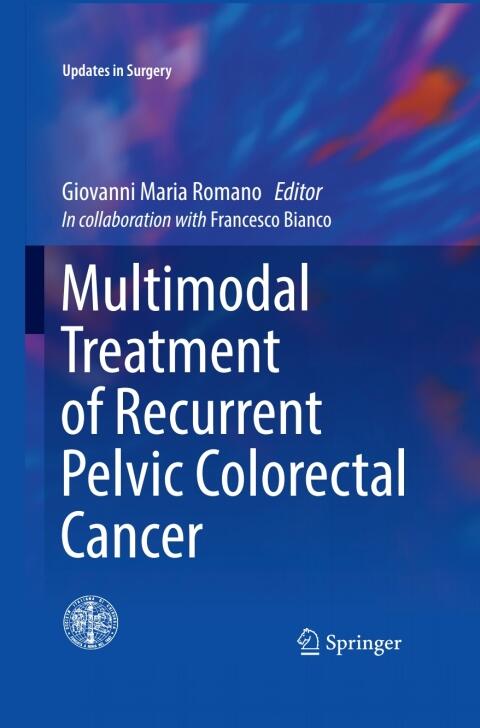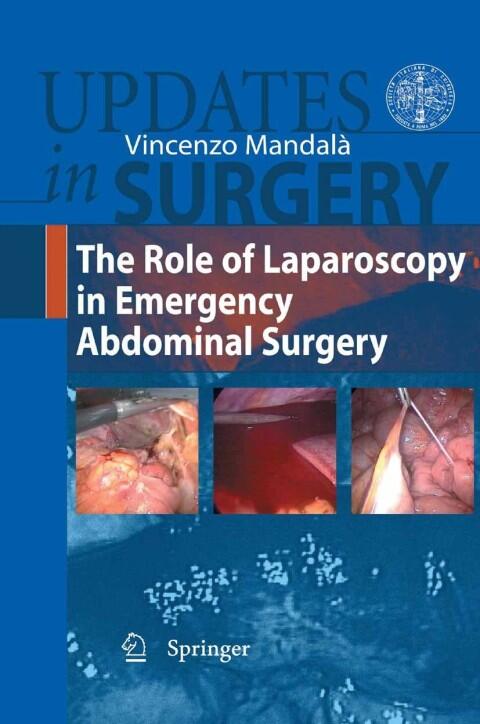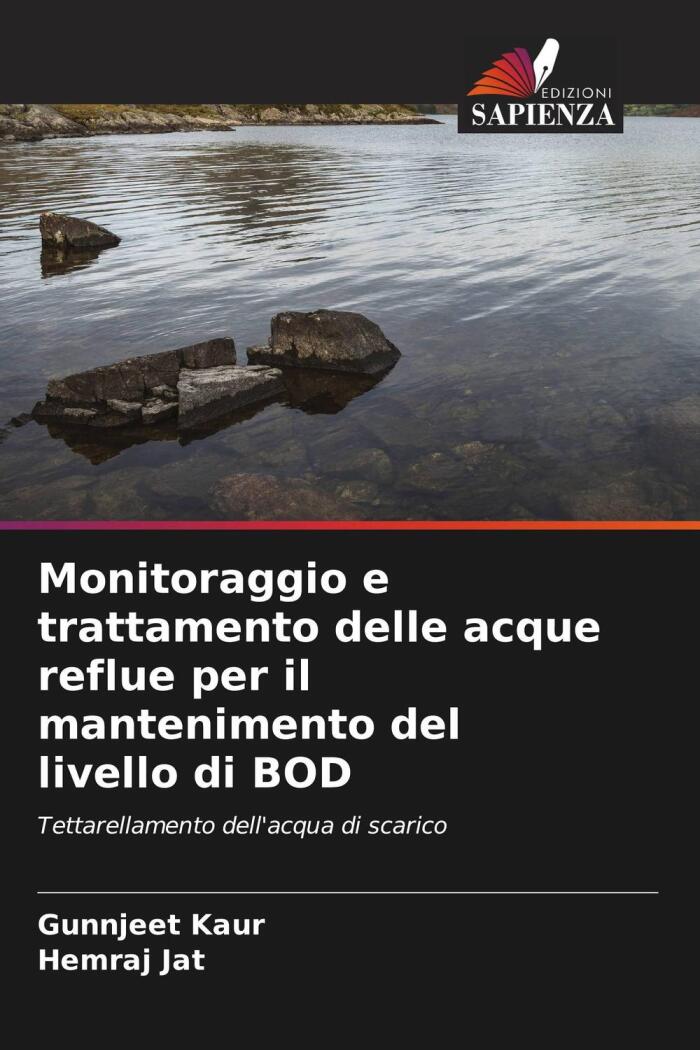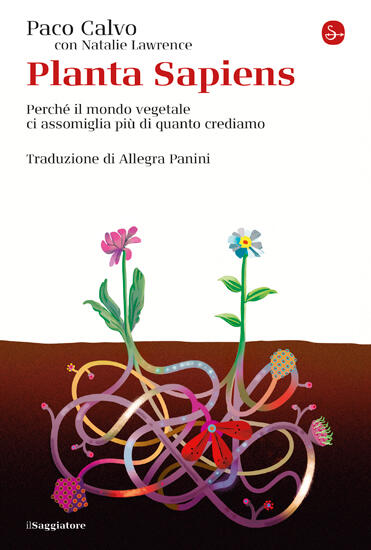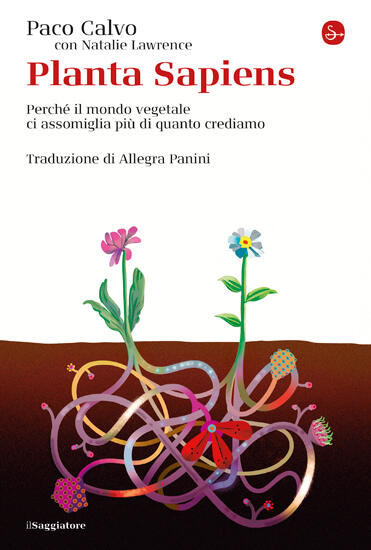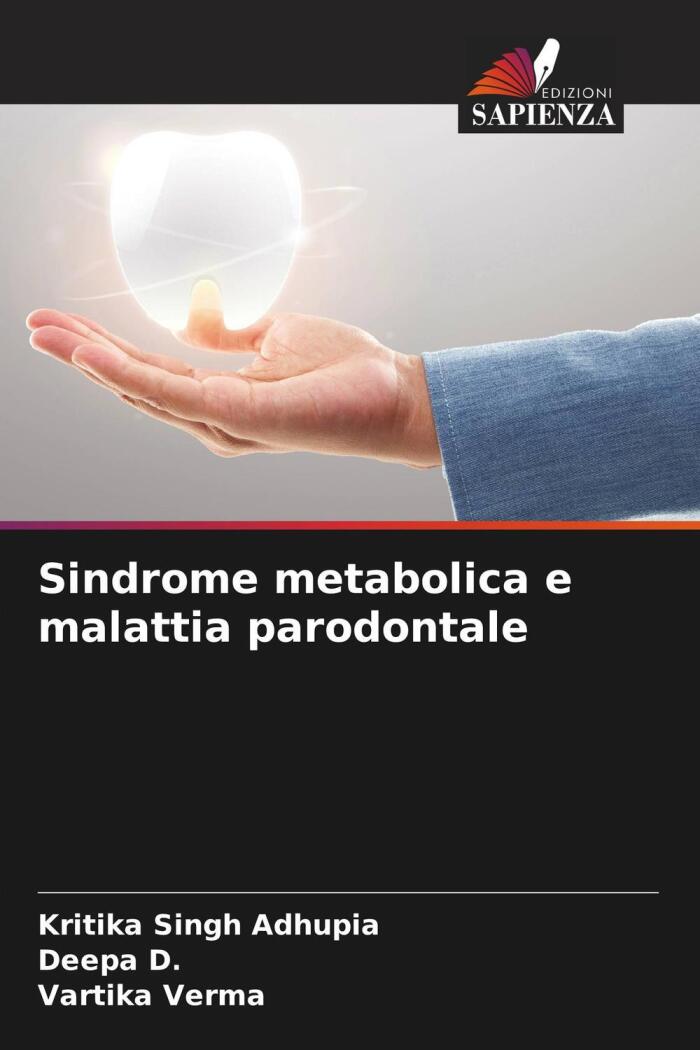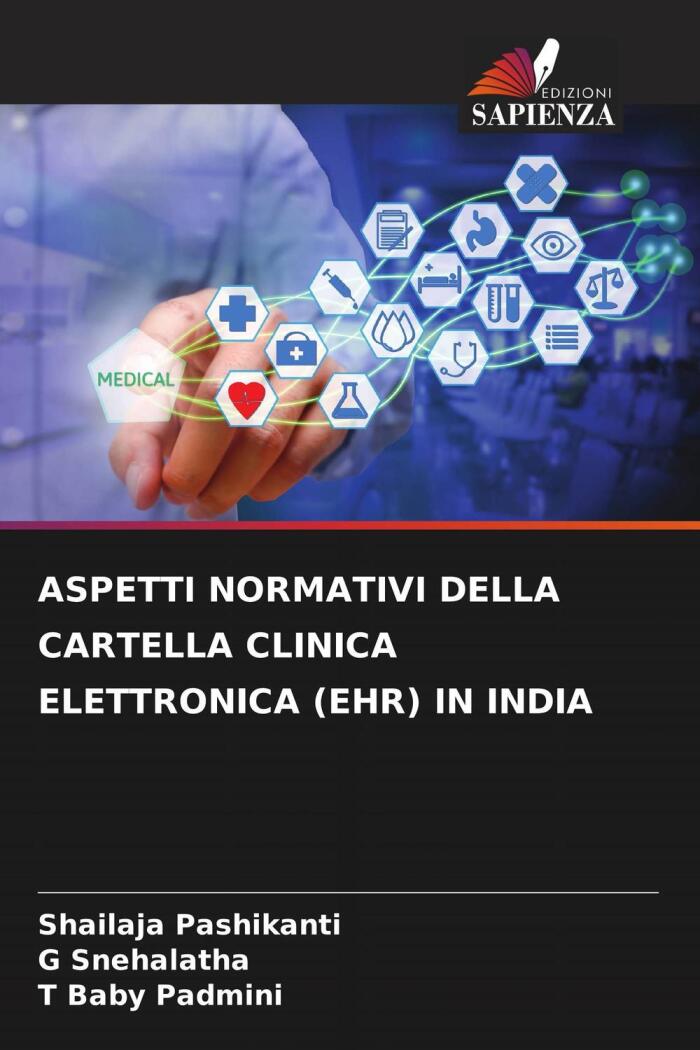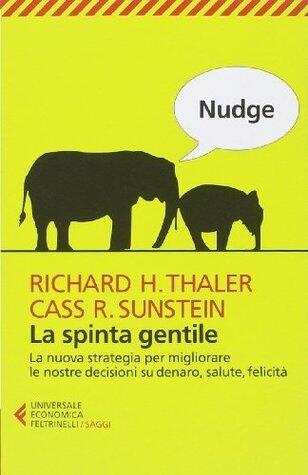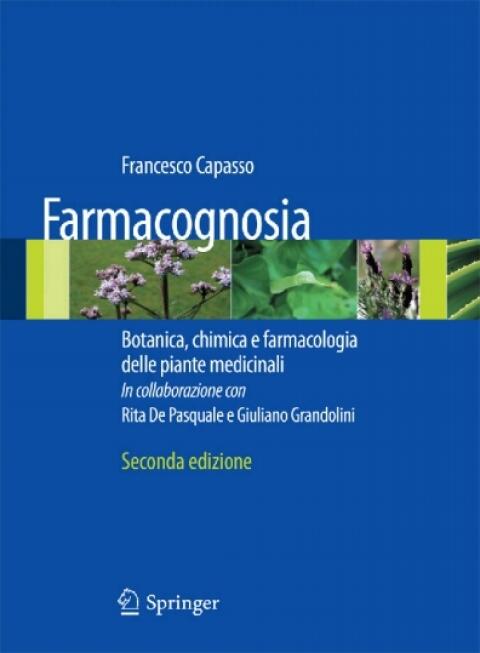
Farmacognosia: Botanica, chimica e farmacologia delle piante medicinali
아직 평점이 없습니다
Health & Wellness
형식
킨들
페이지
511
언어
이탈리아어
출판됨
Jan 1, 2011
출판사
Springer
판
2
ISBN-10
8847016525
ISBN-13
9788847016521
설명
Farmacognosia explores the intricate relationships between botany, chemistry, and pharmacology as they pertain to medicinal plants. The authors, Francesco Capasso, R. de Pasquale, and G. Grandolini, delve into the dynamic evolution of this field, highlighting advancements brought about by innovative techniques and the ongoing research surrounding natural substances.
Throughout the work, the interconnectivity of various scientific disciplines becomes evident, showcasing how botanical studies inform chemical analyses and pharmacological outcomes. Readers are guided through the rich tapestry of plants that have served as the foundation for countless traditional and modern remedies. By illuminating the roles of specific phytochemicals, the authors emphasize the importance of understanding these natural compounds in developing effective therapeutics.
The book presents a comprehensive overview, making it an essential resource for anyone interested in herbal medicine and its scientific underpinnings. The authors' expertise allows them to navigate complex concepts in a manner that is accessible yet informative, appealing to both academics and practitioners alike.
Overall, this work stands as a significant contribution to the ongoing dialogue about the relevance of natural products in contemporary medicine, encouraging a deeper appreciation for the wisdom held within the plant kingdom.
Throughout the work, the interconnectivity of various scientific disciplines becomes evident, showcasing how botanical studies inform chemical analyses and pharmacological outcomes. Readers are guided through the rich tapestry of plants that have served as the foundation for countless traditional and modern remedies. By illuminating the roles of specific phytochemicals, the authors emphasize the importance of understanding these natural compounds in developing effective therapeutics.
The book presents a comprehensive overview, making it an essential resource for anyone interested in herbal medicine and its scientific underpinnings. The authors' expertise allows them to navigate complex concepts in a manner that is accessible yet informative, appealing to both academics and practitioners alike.
Overall, this work stands as a significant contribution to the ongoing dialogue about the relevance of natural products in contemporary medicine, encouraging a deeper appreciation for the wisdom held within the plant kingdom.



